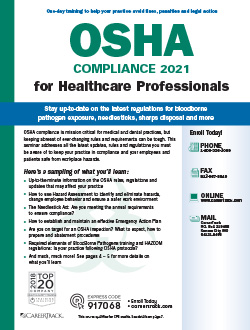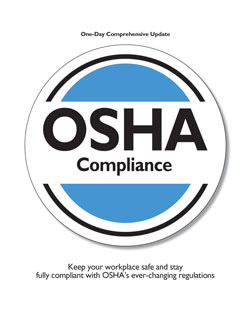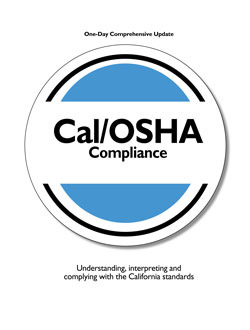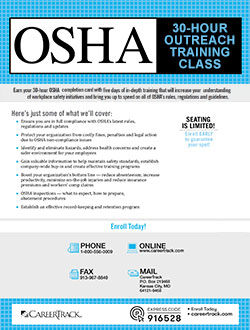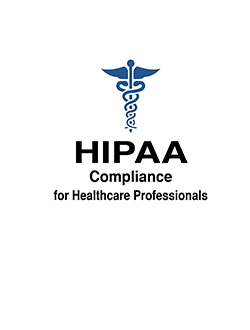The Accident Itself Is Just the Tip of the Iceberg
You are moving right along, making great time and there is an iceberg ahead. There is not enough time to avoid it completely, but thanks to your experience you avoid the worst of it. Have you never thought of the historic Titanic when considering accident prevention and workplace safety? Accidents can and will happen, but what you do to isolate and prepare for risk makes all the difference.
Injuries aren’t always avoidable, but what you do to steer your employees into safer waters makes a remarkable difference.
Over the last 40 years, U.S. employment has nearly doubled. During that same time, workplace fatalities and occupational injury and illness rates have dramatically decreased by over 65%. Today’s workforce expects and depends on employers and governing entities to provide a safe working environment.
OSHA defines an injury as any wound or damage to the body resulting from an event in the work environment. Examples include cuts, puncture, laceration, abrasion, fracture, bruise, contusion, chipped tooth, amputation, insect bite, electrocution, or a thermal, chemical, electrical or radiation burn. Sprain and strain injuries to muscles, joints, and connective tissues are classified as injuries when they result from a slip, trip, fall or similar accidents.
Most avoidable injuries are symptomatic of an underlying problem with safety procedure. As part of your prevention strategy, continually take steps to increase safety.
Prevention Strategy Tips:
Analyze and Investigate
Conduct a job safety analysis in order to anticipate potential injury, train workers on proper conduct based on identified risks, and enact emergency procedures to prevent or efficiently address a situation. After a serious incident, perform a thorough investigation.
Train and Certify
Provide refresher training whenever an employee is involved in an accident, a near-miss, or if your observations of them reveal the need for such training. To quickly intervene in serious accidents such as those involving falls, suffocation, electrocution, or amputation, emergency medical services and first aid applied within 3-4 minutes significantly improves the chances of the injured.
Document and Review
Documentation is a daunting process to some, but it’s also a life saver. For instance you could hold data on who has entered a confined space and what skills they have instead of being left in the dark to make hard decisions. You can reinforce your precautionary measures by reviewing injury documentation and implementing improved procedures based on relevant, practical scenarios.
Use these prevention strategies as your radar to help with any potential icebergs that may trip you up.



